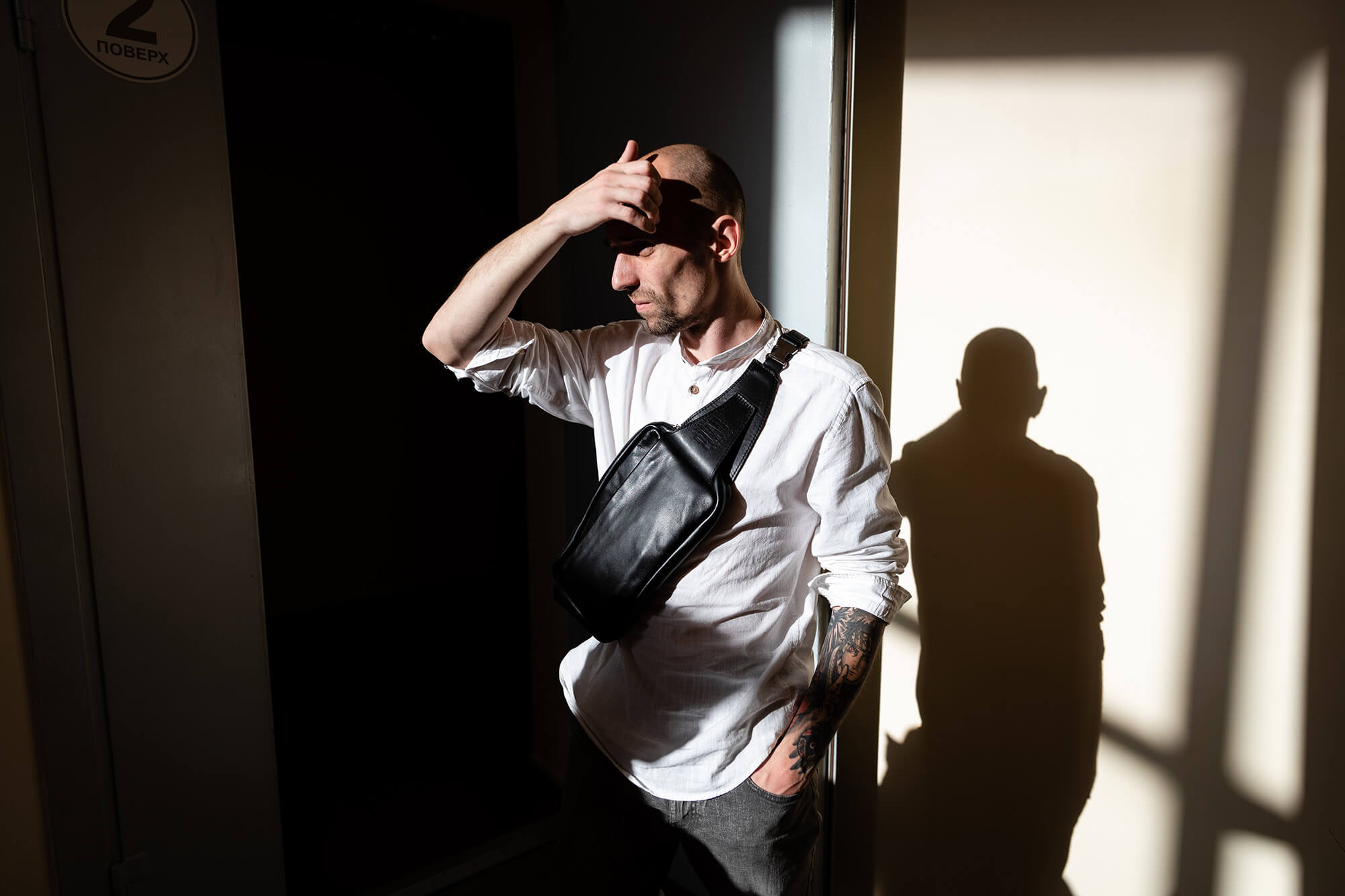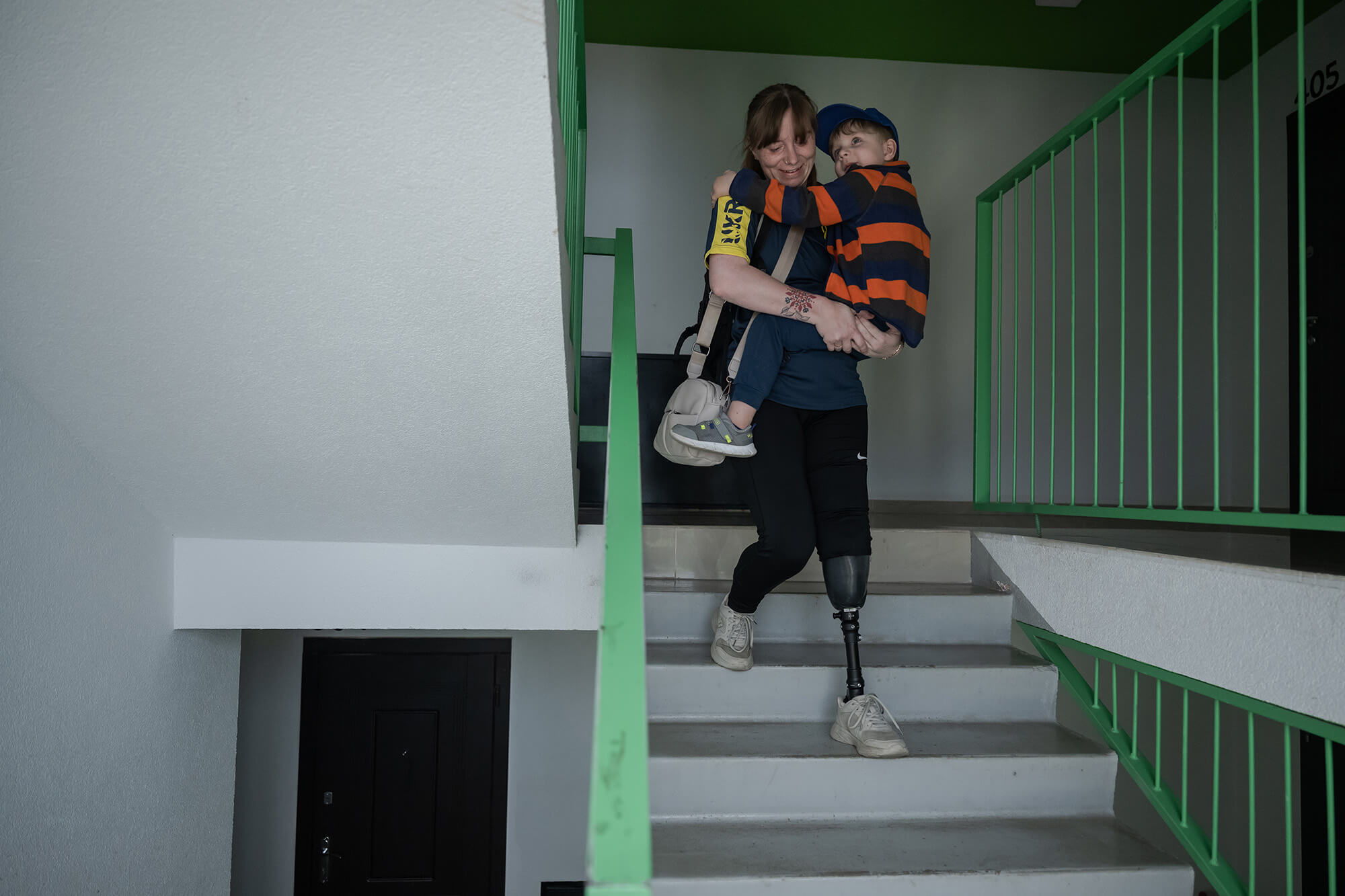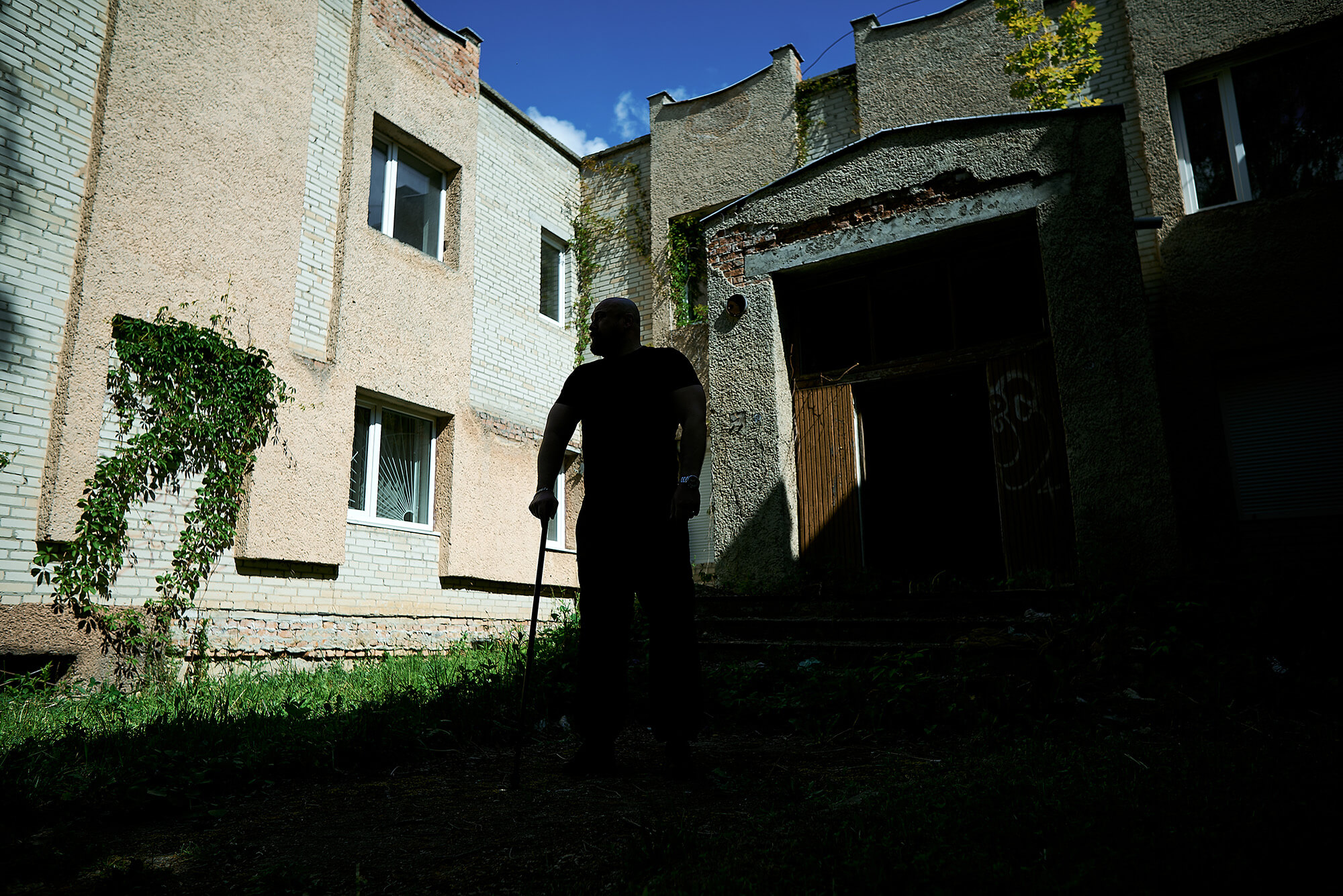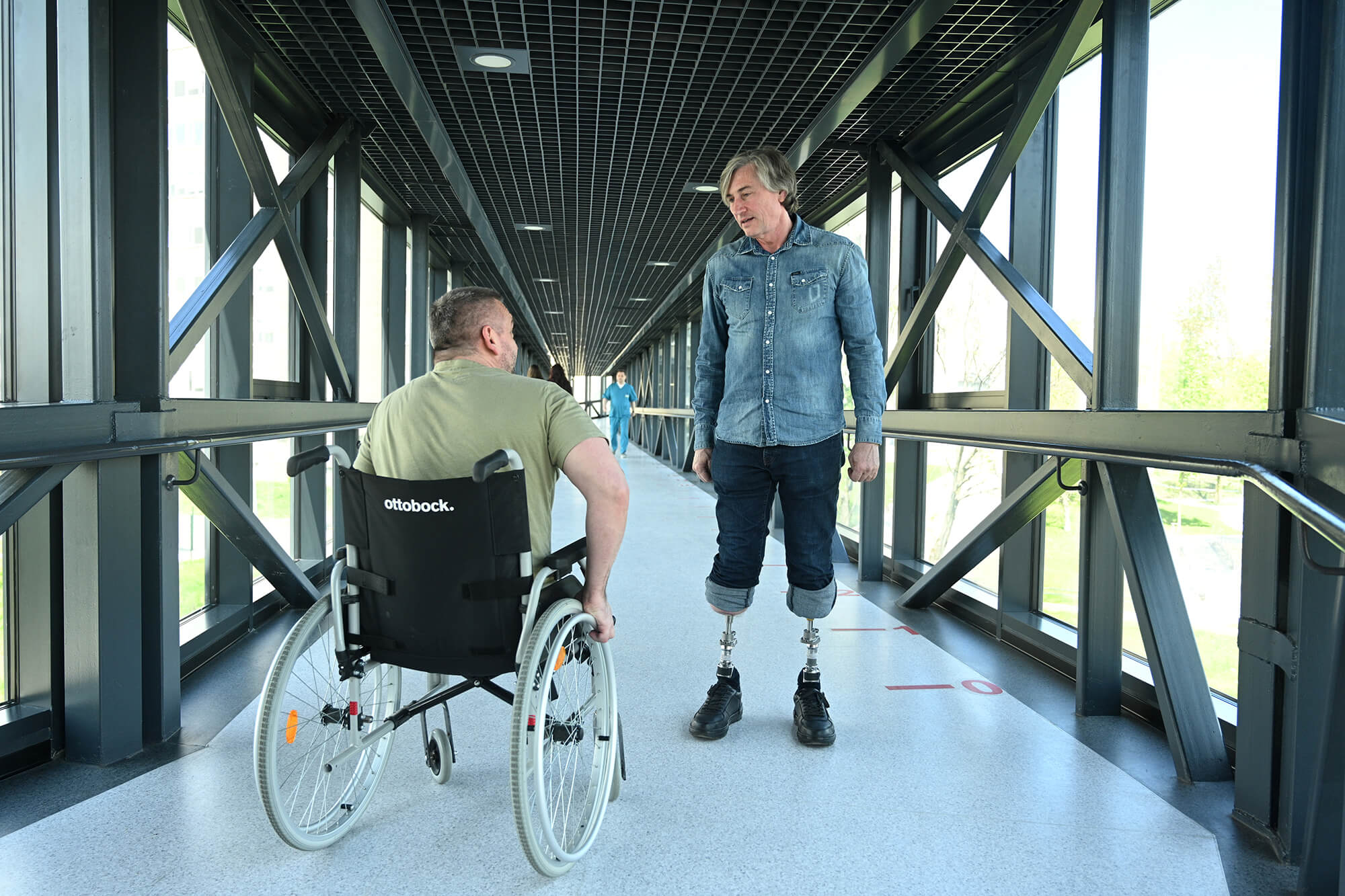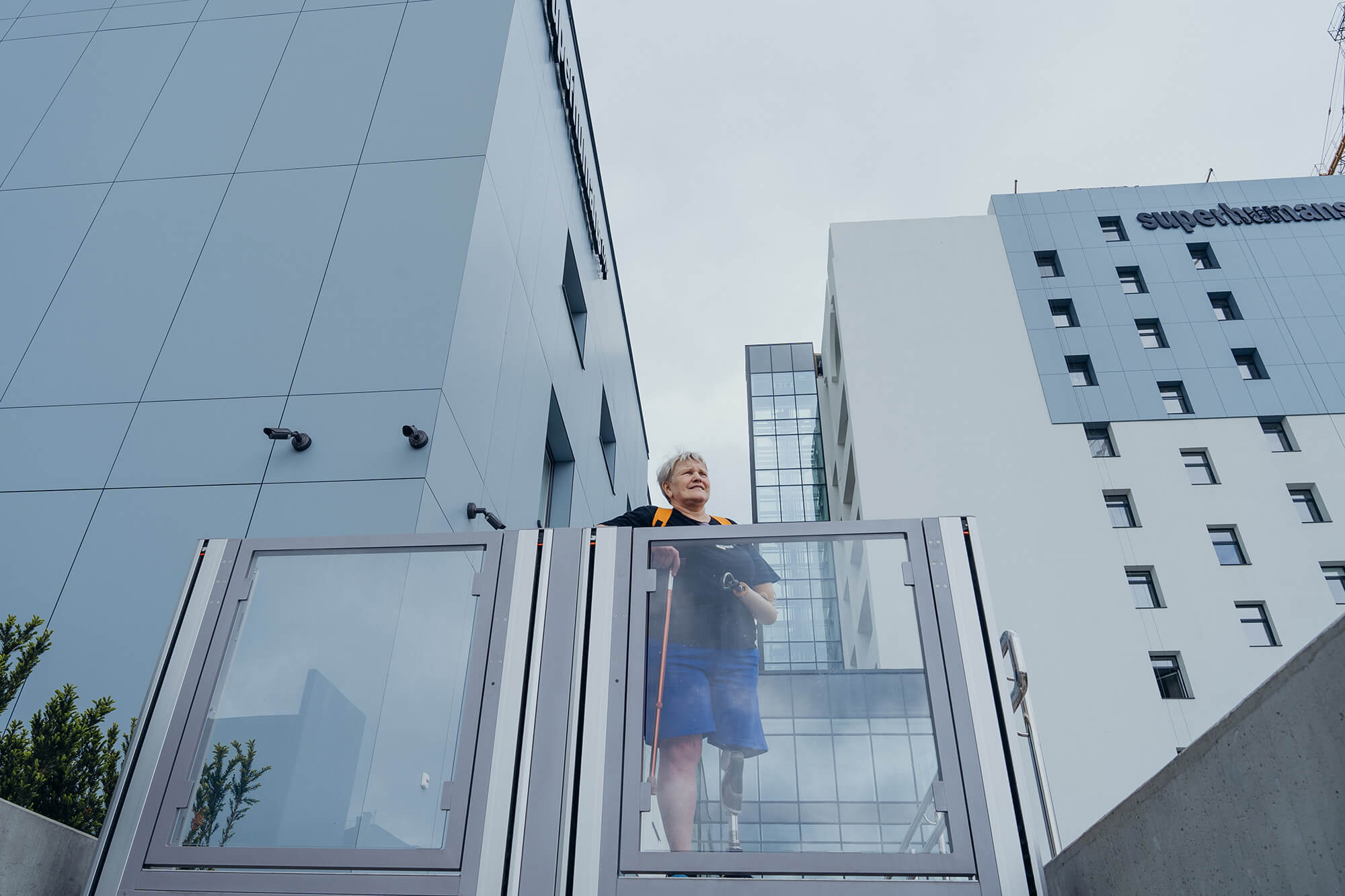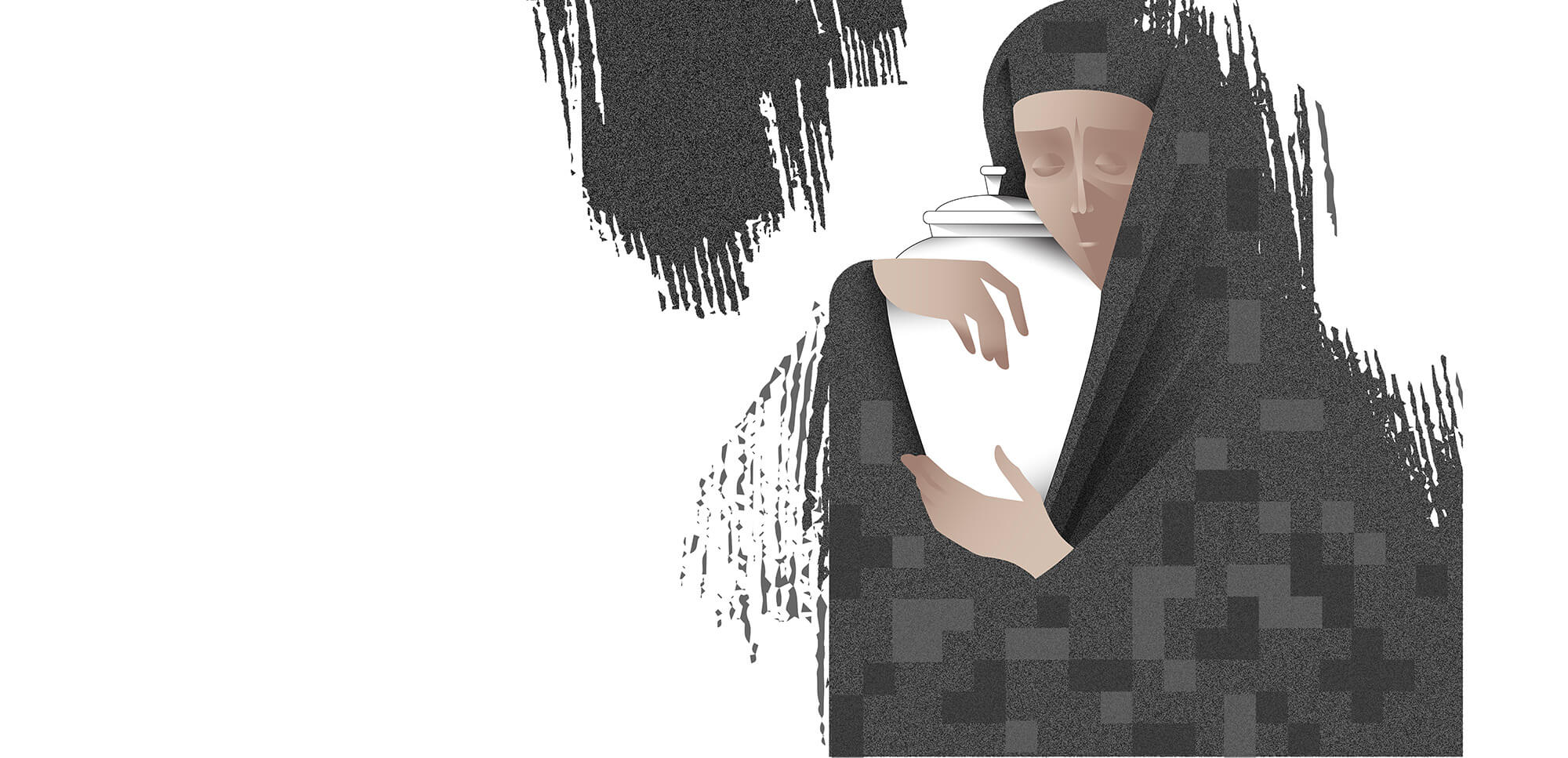
They won’t allocate even a piece of land
A year ago, the families of the fallen Ukrainian soldiers were promised in Kyiv a Ukrainian Arlington (referring to the Arlington National Cemetery in the United States, one of the largest and most famous military cemeteries) – a place of dignified tribute, perfectly uniform rows of identical graves. A place where there will be a museum, a columbarium, a ceremonial building, and everything needed to organize honorary burials. There will be security, cameras, and care, as well as graves for those whose bodies could not be found or returned. There will be a place where foreign delegations and heads of state will come to honor the memory of the heroes.
On October 27, 2022, the Kyiv City Council tasked the Department of Urban Planning and Architecture of the Kyiv City State Administration with developing a detailed plan for the National Military Cemetery to be located on Lysa Hora. However, three months later, this idea was abandoned. While the authorities continue to search for a location to establish the cemetery, relocating it from the city center to its outskirts, someone’s remains await burial in crematoriums, temporary graves, and even on a mother’s nightstand.
Vira. To move the stone
“The ordinary cemeteries are overflowing,” says Vira Lytvynenko, the mother of the fallen Azov soldier Vladyslav Lytvynenko. “My heart aches when I see how they carry the coffins of heroes between the graves, where there isn’t even enough space for two people to pass. How they bury them under the fences. Is this a dignified treatment?”
Vira has spoken, written, and inquired about a military cemetery many times, inspected the areas proposed for its creation. She has looked at places like Lysa Hora, VDNH, Berkivtsi, Spivoche Pole, Hatne, and Chaiky – locations in Kyiv and nearby that, in her opinion, were considered only to eventually reject the idea.
The real progress only began in March 2023, a year after the full-scale invasion. The Minister for Veterans’ Affairs, the Minister of Culture and Information Policy, and the Deputy Head of the Institute of National Remembrance presented a project to locate the military cemetery near the Memorial Bykivnia reserve – the largest burial site of victims of Stalin’s repressions in Ukraine. The then Minister of Culture considered this proximity very appropriate. A buffer zone was planned between the cemetery and the reserve so that the burial of soldiers would not disturb the remains of those previously interred. They promised to start the work as soon as possible.
Just a month later, Vira Lytvynenko published a post in the group that unites the families of fallen Ukrainian defenders, announcing that Kyiv City Council had allocated land for the creation of the cemetery at Bykivnia.
— The first burials are planned for late autumn, — she wrote, repeating the promise made by the authorities.
— The stone has been moved from its place, — replied one of the commentators.
In early May, the Verkhovna Rada adopted a law allowing the establishment of the cemetery at Bykivnia. However, the President has not signed it yet, and no work has started.
Instead, at the invitation of representatives from the Ministry of Veterans and the Ministry of Culture, relatives of the fallen traveled to inspect another site for the cemetery located outside the capital. This location was previously rejected as unsuitable last year. “There is no place for the fallen in the capital,” Vira now says with disappointment.
And the stone remains in place.
In November, the storage period for Vira’s son’s urn in the crematorium will end. “We don’t even consider leaving it there longer; it’s insulting. It’s sad and unpleasant that a cemetery hasn’t been created in a year. Nine years into the war, nothing has been done.”
Vira didn’t bring her son’s ashes home; her husband said she would cry.
— As if I’m not crying now, — she says.
Olena. To see the crater
Can it be said that someone is lucky because they have an urn with the ashes of their child? Olena stops herself, saying it’s not right, it’s not right. She describes the unbearable pain of having the ashes but nowhere to bury them. But she has neither the ashes nor a place. She only has in front of her eyes a crater from an aerial bomb: eight by eight meters (that’s what they told her, and that’s what she says, as if she sees it herself). Somewhere in that crater in Mariupol, is her son, along with other people’s brothers, sons, and husbands.
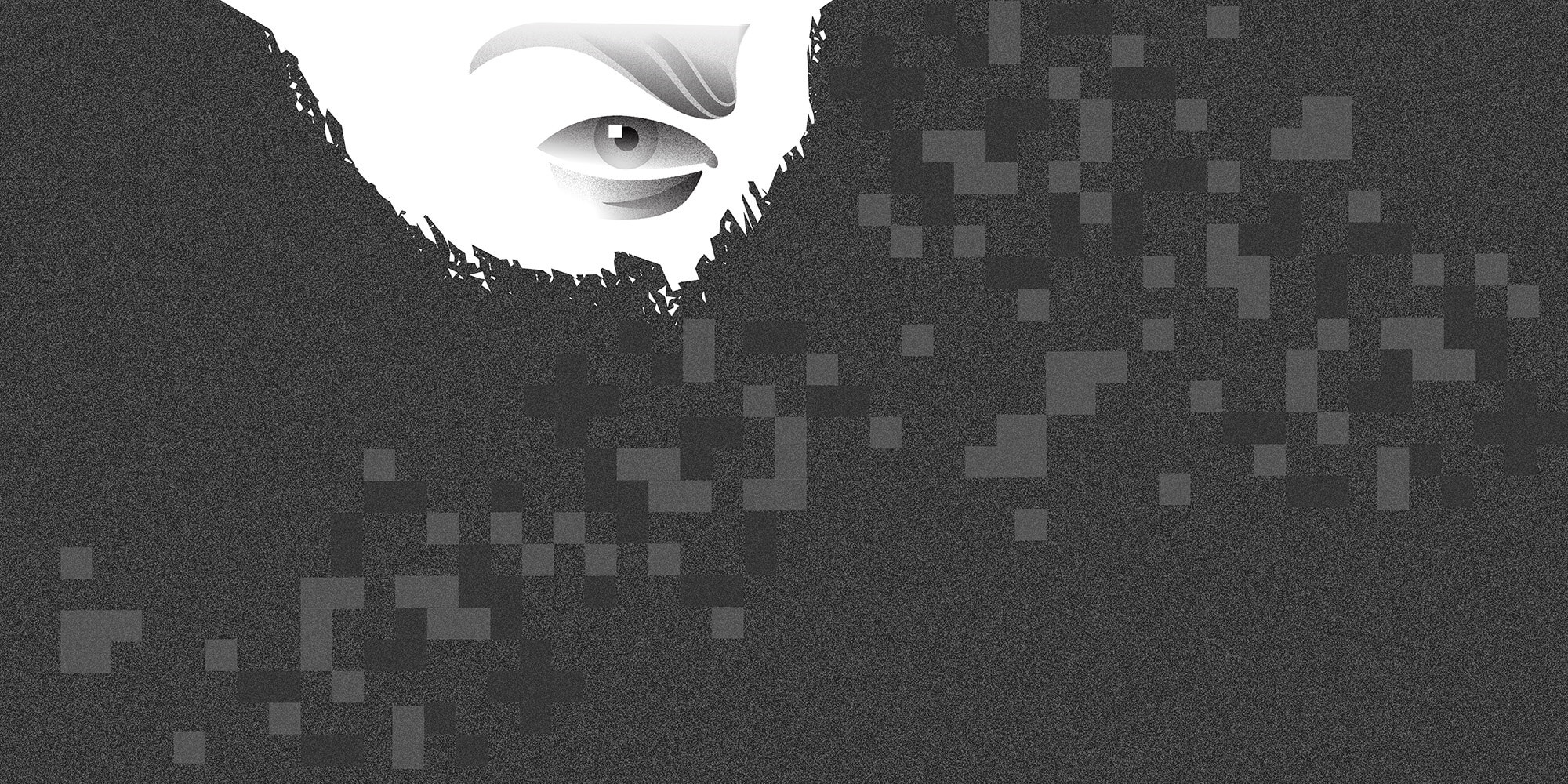
“I’m waiting so much for de-occupation, I want to go there, I hope so much. Well, it can’t be that there’s nothing left of my child,” she says, refusing to believe it.
Now she doesn’t have anything of Kyrylo, not a single photo from those that were on her phone. While escaping from Mariupol, she deleted everything, although the Russians managed to recover the pictures and see Olena with her two sons in “Azov” uniforms. They told her that one of them is no longer among the living. They were happy to see her tears. Olena and her husband were imprisoned for six months for “raising terrorists”.
“We were alone in the cell, so maybe that’s why we survived,” she says briefly. “The acrid blackness of the bread mold, the water that clings to the walls, the bone-penetrating cold, days marked on a chocolate wrapper — it doesn’t matter. We don’t matter,” Olena repeats over and over.
Now, the only thing that matters to her is the memory of her son. Because when she and her husband were exchanged and returned to Ukraine, she learned that the Russians hadn’t lied: her son, Kyrylo Marchenko, is indeed no longer among the living.
“We are people from an occupied territory. Where can we go to honor the memory of our son, where can we create a grave? We are not demanding to build houses for ourselves. This document is sitting on the President’s desk, and there is no explanation — why is it taking so long? Why are they treating us with an attitude no human being — no problem?”
Olia. To wait for the land
“There hasn’t been a day when I haven’t cried,” the mother of the fallen Azov soldier, Yevhen Cherkez, says as if echoing.
For over a year, Olia has slept poorly, frequently waking up. She clings to her son’s favorite childhood toy — a bull, which she rescued from Mariupol.
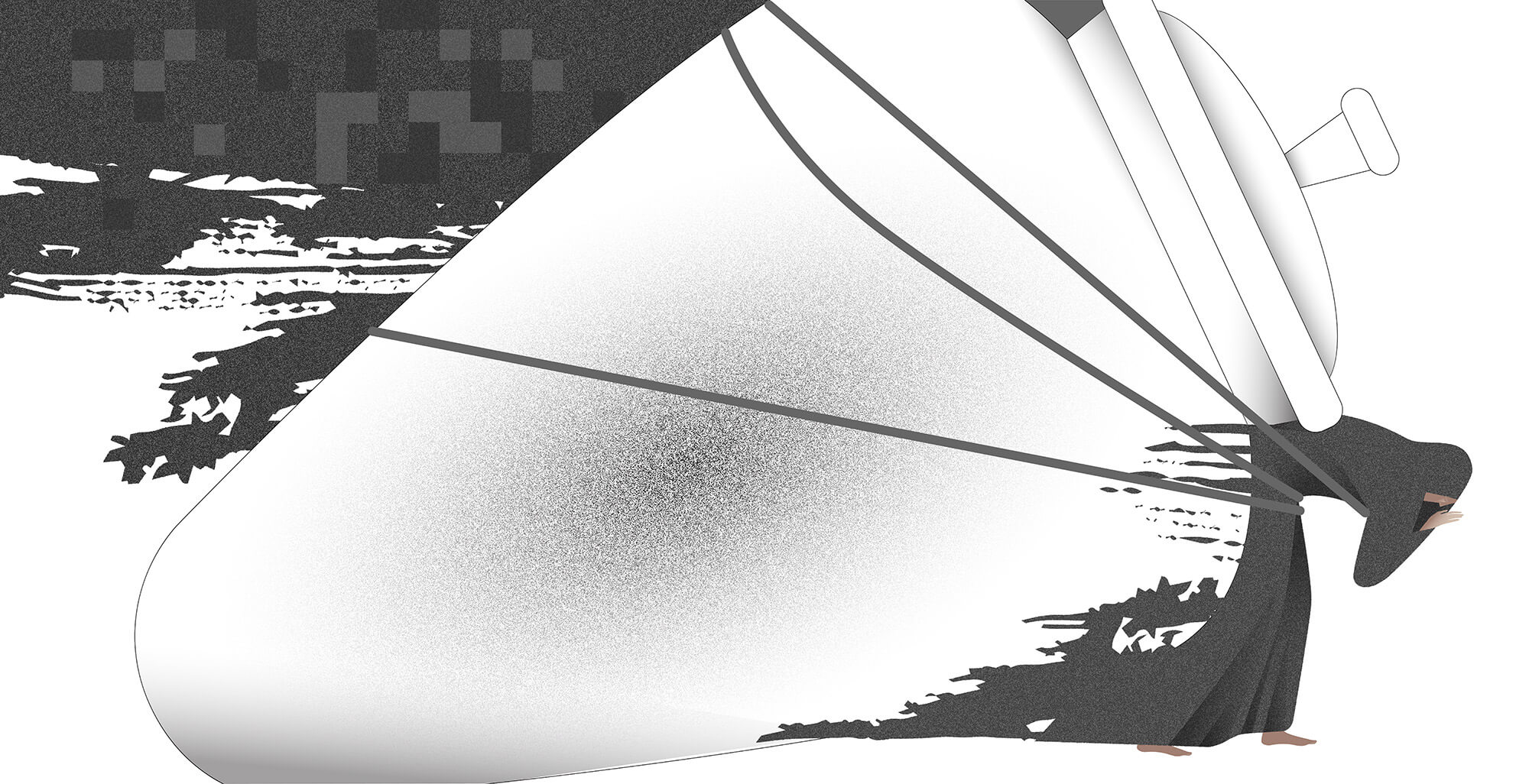
Yevhen died from a severe injury in Mariupol in March of the previous year. His body was cremated on his birthday. “We did it so that he would be buried alongside the guys in the military cemetery. They told us — the issue will be resolved soon, why carry the remains here and there — leave them at the crematorium. But we have nothing, no home, nothing. Truly, where to take it, where to bury it? Somewhere, so that we can’t come visit our child later? We left it,” Olia recalls.
A year has passed. Yevhen Cherkez’s mother didn’t even ask if she could extend the storage. On July 24, she embraced the urn with her son’s remains, took it to her temporary home in the Carpathians, and placed it on a nightstand by the bed.
She breathed a sigh of relief: “My child is with me.”
Now she’s more at ease, it’s lighter. She put a photograph, a medal, the Azov flag, and the chevron by the urn. The little bull sits nearby.
“It’s unknown whether the cemetery will be created at all and when,” Olia says. “So let my son be with me. They wanted a cemetery on Lysa Hora — no. In Bykivnia — no. A year has passed, and there’s no space. I think Mariupol will be liberated sooner, and there will be a place there, rather than allocating land in Kyiv. They won’t allocate even a piece of land.”
On August 18, five months after the government’s public promise to establish the National Military Cemetery in Bykivnia, the Bykivnia Memorial issued a statement that it is impossible to arrange the cemetery on the Bykivnia Forest territory in a short timeframe. The site requires a thorough archaeological investigation: there may be undiscovered burials and unexhumed bodies outside the Memorial boundaries.”
Nelia. To live in the cemetery
Nelia waited for a piece of land for her son in Kyiv, but she didn’t get it. She buried him in a rural cemetery. The urn containing the ashes of her elder son, Ihor, stood on her bedside table for a month and a half. She thought it would stay there until the National Military Cemetery appeared—where else could a woman, driven by war from Mariupol, bury her son?
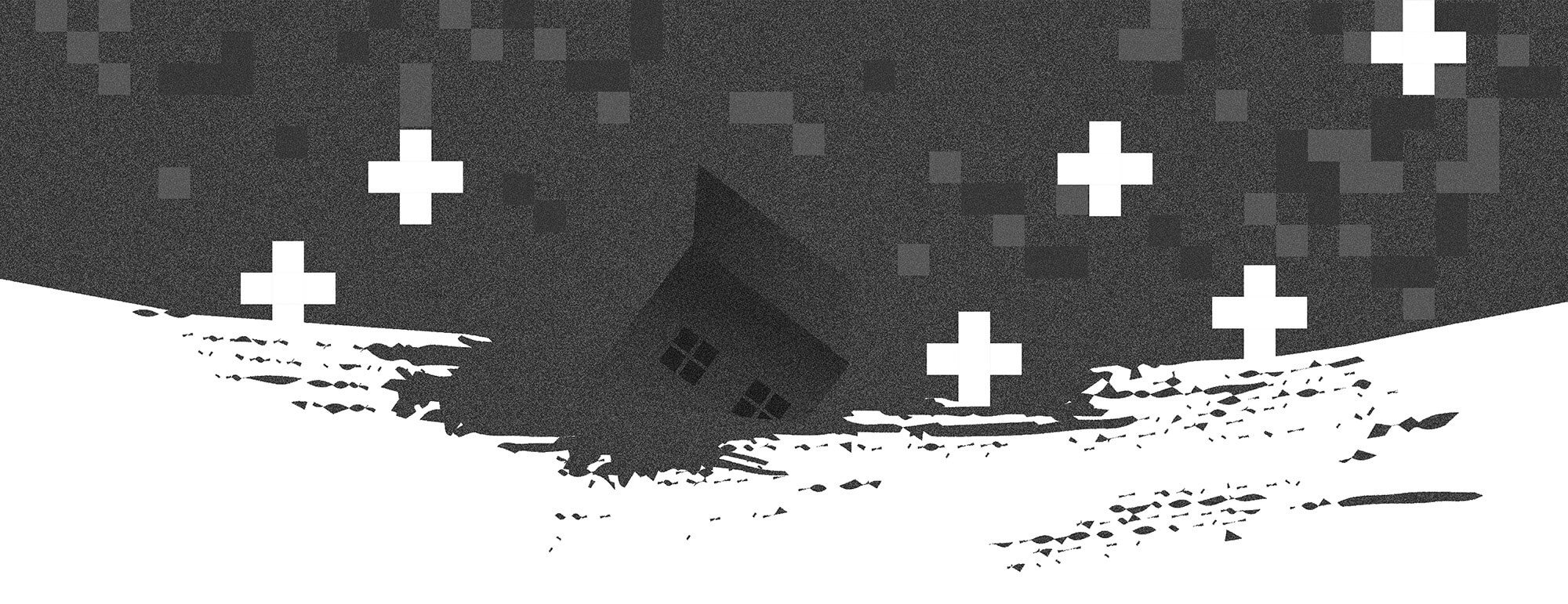
But Nelia couldn’t handle life with her no longer alive son: she screamed, cried, fell ill, as if life was escaping from her. She said she couldn’t hold herself together next to her son. Sometimes, it was a struggle to figure out: did she wake up in the politely allocated room in her sister’s house or in the cemetery?
Relatives asked Nelia not to torture herself and to bury her son.
She thought about it, had doubts, but eventually agreed. Now she visits her son’s grave every day. “To visit is not the same as living in the cemetery. How much longer can you endure this?” she asks.
Her son, Ihor, also an “Azov” fighter, was killed on April 1, 2022, in the center of Mariupol from shrapnel wounds. The shelling was too intense, so his fellow soldiers couldn’t evacuate his body. Civilians buried him in the crater from the explosion. After the exhumation, during which Ihor’s father claimed it was a fascist’s body, his remains were returned to Ukraine.
They cremated Ihor as per his will, but Nelia also thought about purely practical matters: if she had to go somewhere else, at least she could take the urn with her. Yes, she might not keep it on the small bedside table in her sister’s house and leave it at the crematorium, but since they had lost the cremation document there, Nelia was afraid they might lose the urn in a year.
Now Nelia has no fear, just incomprehension: why is the memory of those who gave their lives for the lives of others not honored properly? She is convinced that her Ihor deserves to rest alongside his comrades.
If the National Military Cemetery is created after all, her son’s ashes will be buried for the third time.
Svitlana. To sift through every grain of sand
Here, there are friends, mentors, coaches, strangers, and acquaintances of Svitlana’s son, but her son is not here. Svitlana goes to the cemetery in Kovel, Volyn. There everything is so blue and yellow, it almost makes you dizzy.
Now Svitlana has neither her son nor his body to bury, nor a place of remembrance for him. Is a flag with his name on the Maidan or a billboard in Kovel enough?
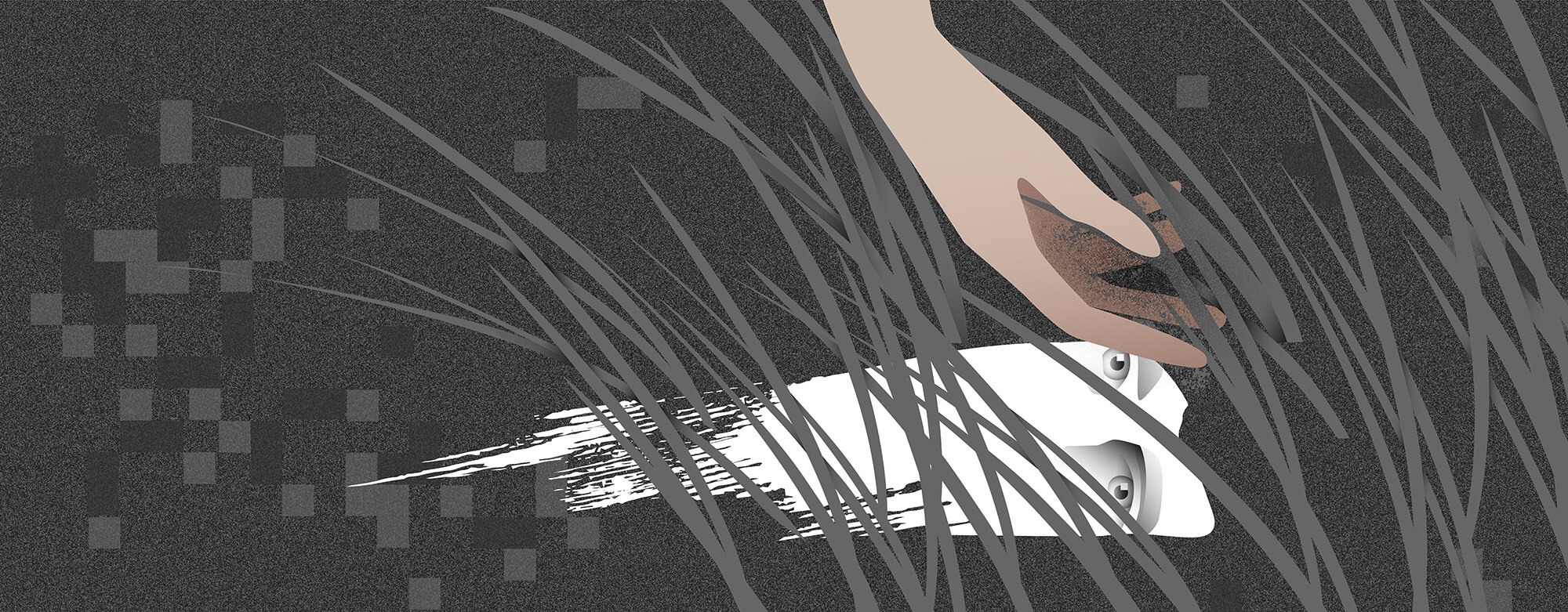
“Of course, giving one’s life is the greatest sacrifice, dying in battle is the greatest heroism, but where is the dignified honor for this?”, she asks into the void.
In 2014, Mykhailo Voloshuk was a teenager. He was a modest, exemplary young man: either at home or at a sports club. Kovel was far enough to make it seem like the war didn’t touch him. “But Mykhailo had already made his choice back then – he was preparing,” says his mother.
As soon as he reached adulthood, he was already enrolled in the young fighter course in “Azov,” signed a contract, and was on his way to Mariupol. Svitlana watched her son grow up from a distance, in fragments: his first mustache, which she didn’t immediately notice, but he was so proud of them, his first adult conversations. He once said, “Mom, I now have a completely different attitude towards death.”
“I, of course, brushed it off,” the woman recalls. “What there is to talk about? He’s only 20!”
Mykhailo died on March 4th near Mariupol. He was still only twenty. There was nothing left of the vehicle he was traveling in with his fellow soldiers, and the place where it happened is still under occupation. But if there were even the slightest possibility, Svitlana would be there immediately: “I would sift through every grain of sand, every blade of grass, just to find even a fragment of my son.”
However, she understands that there probably won’t be a body. But whether with the found remains or without them, there must be a grave for her son: alongside his fellow soldiers at the National Military Cemetery.
“Because only there will we be able to pay tribute to our heroes and realize the price of the fact that we can start a new day,” she says.
In response to Reporters’ inquiry about when the first burials can be expected at the National Military Cemetery, the Ministry of Veterans Affairs stated that burials of the deceased or their remains after cremation are allowed at existing cemeteries. The Office of the President did not respond to the request.
On August 19, the Cabinet of Ministers adopted a resolution that provides for the design of a memorial cemetery outside the capital on the territory of the Hatne community in the Kyiv region.
P.S. All the heroines in this text are mothers of fallen soldiers from the “Azov” Battalion. They decided to unite to ensure a dignified burial for their children together. However, the issue of creating the National Military Cemetery is relevant for everyone whose relatives and loved ones died in the fight for Ukraine.
Have read to the end! What's next?
Next is a small request.
Building media in Ukraine is not an easy task. It requires special experience, knowledge and special resources. Literary reportage is also one of the most expensive genres of journalism. That's why we need your support.
We have no investors or "friendly politicians" - we’ve always been independent. The only dependence we would like to have is dependence on educated and caring readers. We invite you to support us on Patreon, so we could create more valuable things with your help.
Reports130
More